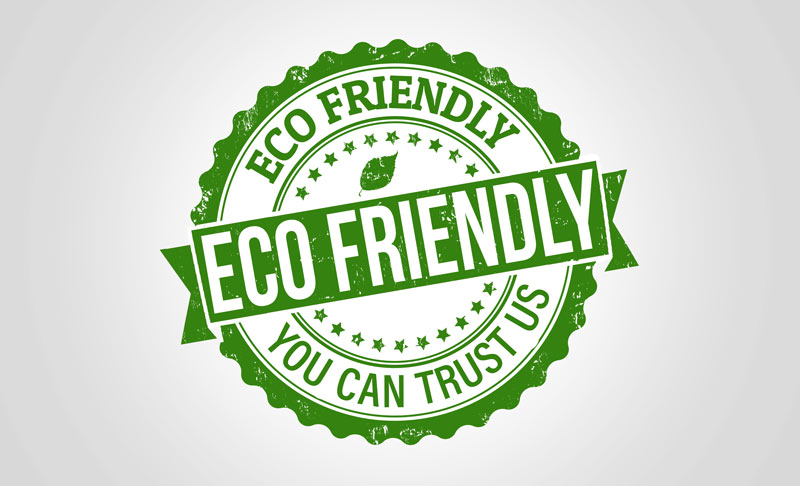Written by Melissa Dobrinin
B.S. in Biochemistry
Certified in sustainable management
R&D Lead Chemist
We’ve all seen it. That laundry detergent bottle with the green leaf near the logo, or the “all natural” label on food products. We may have even been more inclined to buy those products because we believe them to be more eco-conscious. But what happens when the marketing leads us to make wrong assumptions about a product or a company? Then, we have fallen into a well-set trap known as greenwashing.
At its core, greenwashing is a way for companies to make consumers believe their products are sustainable or environmentally friendly when that is not the case. The claims they make may be obviously displayed in their commercials or slogans, but sometimes it’s as subtle as the colors they use on their packaging. Either way, we, as consumers, are led to a false understanding that the company or product is ecofriendly. You may ask, “why companies would do this”? According to an article in Harvard Business Review, half of all sales of Consumer-Packaged Goods between 2013 and 2018 came from sustainably packaged items increasing sales to $114 billion (about $350 per person in the US) over the same period. In a time where sustainable products and environmental practices are of immense importance to many people, companies want the positive reputation and increased market share that comes with supplying these items. However, many companies take the easier and cheaper route of making claims and changing advertising rather than improving their products.
There are many greenwashing techniques, making it increasingly complicated for consumers to decide if their purchases match their values. The Consumer Federation of America gives useful information on the several types of greenwashing including things like:
-False certificates
-False claims
-Lack of proof
-Trade-offs
-Vagueness
-Irrelevant information
Some of these tactics are easier to pick out than others. An easy one to spot is false certification. For example, if the company displays an ecolabel that they’ve designed and the product hasn’t received 3rd party testing, their claims are likely not true. Lying –false claim – is more difficult to spot. Researching the company, their claims, and the materials they use is necessary to conclude if they are lying. The final few on the list are ways for a company to mask the validity of their claims or hide other aspects of the process that have detrimental effects.
Luckily, there are a few ways we can arm ourselves against greenwashing when trying to make ethical choices. The first way is becoming well acquainted with 3rd party testing certificates and their logos. There are many ecolabels out there, but if a company has had their product tested, they will proudly display these logos. Listed below is a sampling of some labels that are important for daily purchases:
-Rainforest Alliance Certified
-Non-GMO Project Verified
-USDA Organic
A great source to check if a certified logo is valid is Ecolabel Index, which houses a list of all 3rd party verified certificates as well as their logos in alphabetical order. The Federal Register also has a guide companies must follow when making green claims (see this condensed guide). Though it is meant to do away with greenwashing, it is not possible for them to address all violations since they are not strictly focused on green claims. However, the register can help figure out where to start when researching a company’s claims.
The best way to decide if a company is greenwashing or not is to dig into their company and product information. If it is difficult to find information or data to back up a claim it is likely that there is little to no truth in it. Transparency is a great indicator of the company’s motives and trustworthiness. The more information you can easily find, the more likely their claims are real.
Greenwashing is something we’ll all run into in our lives, but spotting it becomes easier once we know what it is and what to look for. The more we pay attention, the better consumers we can be, because there are companies out there that are truly trying to make a difference.
